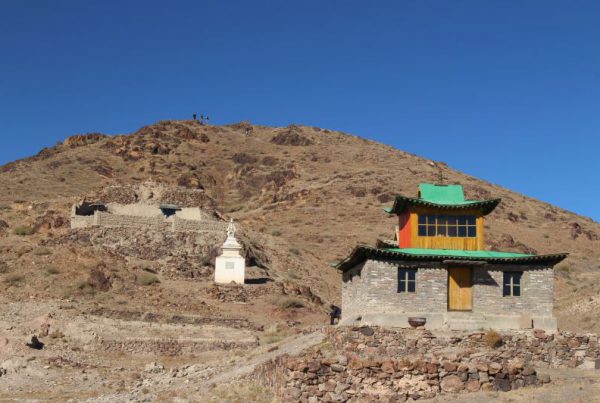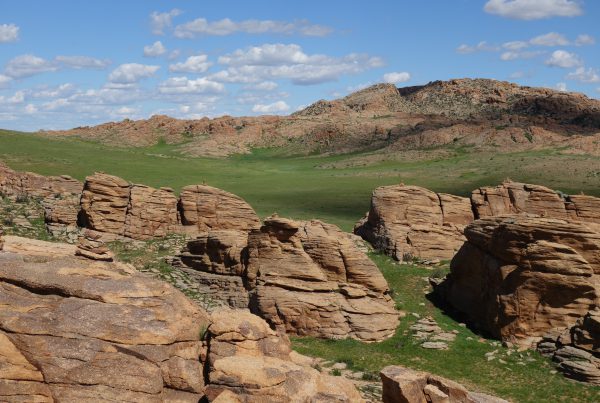Mongolia Gobi Desert is full of hidden wonders waiting to be explored
Explore the Mongolia Gobi Desert: More Than Just Sand
When people think of deserts, they often picture endless sand dunes and scorching heat. But the Mongolia Gobi desert is a whole different story. Sure, it’s dry and huge—it’s the biggest desert in Asia and the fifth-largest in the world. Still, there’s much more to it.
For starters, it’s full of surprises. The land is rich in history, wildlife, and culture. You’ll find ancient dinosaur fossils hidden in rocky cliffs. You might even spot wild Bactrian camels walking across the open plains. Pretty cool, right?
Also, the landscape isn’t just sand. There are tall mountains, wide valleys, and even snow in the winter. That’s not what most people expect from a desert!
Even more, nomadic life is still strong here. Families live off the land, moving with the seasons, just like they have for centuries. The Gobi desert Mongolia may be tough, but it’s also full of life, stories, and beauty.
Not Just a Sea of Sand
Let’s clear up a common myth: the Gobi Desert is not just a giant sandbox. In fact, only about 3–5% of the Gobi desert Mongolia is covered by sand dunes. The rest is a beautiful mix of grassy plains, rocky valleys, gravel flats, and stunning mountains. You’ll even come across green patches during certain seasons. This diverse terrain makes the Gobi one of the most unique deserts on Earth.
A Home for Nomadic Culture
One of the most inspiring things about the Mongolia Gobi desert is its people. For centuries, nomadic herders have called this desert home. Despite the harsh weather, they’ve learned how to live in harmony with the land. They raise camels, goats, sheep, and horses, moving with the seasons and living in traditional felt tents called gers. Spending time with these families gives you a deeper look into Mongolian culture, and it’s one of the highlights of many Gobi Desert tours.
A Treasure Trove of Dinosaur Fossils
Here’s something you might not expect: the Mongolia Gobi Desert is one of the best places in the world to find dinosaur fossils. Scientists have discovered fossilized eggs, skeletons, and even footprints here. The Flaming Cliffs, one of the most famous fossil sites, attract both paleontologists and curious travelers. Walking through these ancient landscapes feels like stepping back in time.
Surprisingly Full of Life in the Mongolia Gobi Desert
Even though it’s a desert, the Mongolia Gobi Desert is full of life and vibrant ecosystems. From the elusive snow leopard to wild Bactrian camels, mountain sheep, foxes, and Mongolian gazelles, the region is teeming with unique and resilient wildlife. Birdwatchers are in for a treat too, with opportunities to spot eagles, vultures, and rare desert-dwelling birds. And don’t forget the plant life—many medicinal herbs, grasses, and colorful desert flowers grow here, all perfectly adapted to the Gobi’s extreme conditions.
Rich in History and Culture
The Gobi Desert Mongolia has been an important part of Mongolia’s history for thousands of years. It was once a key stop along the Silk Road, where traders from China, Central Asia, and the Middle East crossed paths. Several ancient cities and caravan stops lie buried beneath the sand, waiting to be explored.
The desert also played a role in the rise of the Mongol Empire. Imagine the same paths once traveled by Genghis Khan’s armies, now open to adventurous travelers who want to connect with the past.
A Source of Natural Wealth
Beneath its dry surface, the Gobi Desert holds vast mineral resources. This includes large deposits of copper, gold, and coal. The world-famous Oyu Tolgoi mine, one of the largest copper and gold mines on Earth, is located right here. These resources have brought economic growth to Mongolia and international attention to the Gobi.
Protected for the Future
Because of its unique ecosystems and rare animals, parts of the Gobi Desert are now protected. Great Gobi National Park, established in 1975, helps preserve endangered species like the wild camel and the Gobi bear—one of the rarest bears in the world. In 1991, UNESCO even named it a Biosphere Reserve, highlighting its global importance.
33 Types of Desert? Yes!
Here’s something truly special: Mongolian tradition recognizes 33 different types of desert landscapes within the Gobi. From sandy dunes and salt pans to rocky cliffs and wide open steppes, each area has its own personality. This variety makes traveling through the Gobi feel like visiting multiple worlds in one.
Why You Should Visit Mongolia Gobi desert
So, why should you consider adding the Gobi Desert to your travel list? Because it’s full of unforgettable experiences. Whether you’re into adventure, history, nature, or cultural discovery, the Gobi has something for everyone.
- Ride a camel through golden sand dunes
Stay overnight in a traditional ger camp
Visit dinosaur fossil sites at the Flaming Cliffs
Hike through rocky canyons and green oases
Explore ruins from ancient trade routes
Stargaze under the clearest night skies imaginable
The Gobi is not just a place—it’s an experience that will stay with you forever.
The Mongolia Gobi Desert is far more than sand and silence. It’s a living, breathing landscape full of stories, secrets, and soul. If you’re looking for a travel experience that’s off the beaten path but rich in discovery, the Gobi is calling.
Don’t just dream it—discover it. The Mongolia Gobi Desert awaits. Check out our Mongolia Gobi Desert tours.


